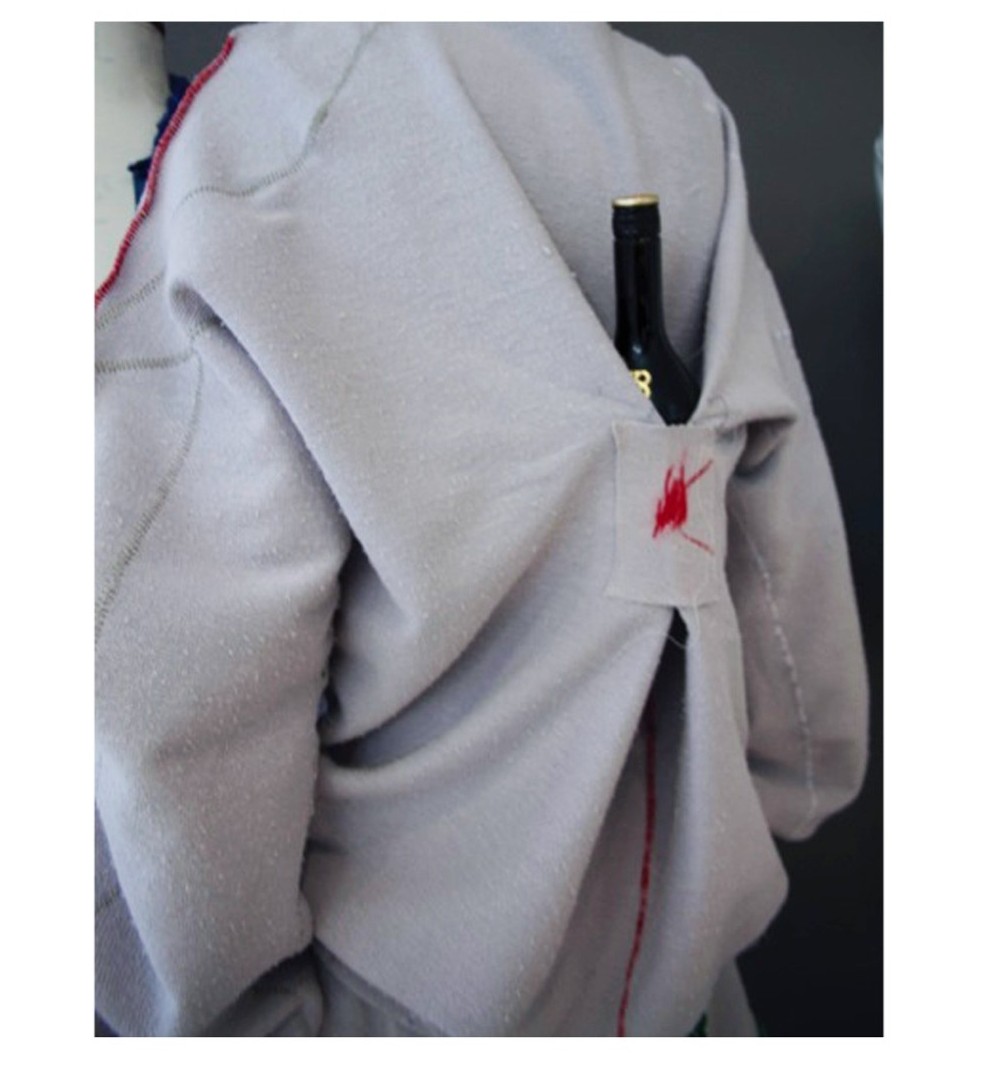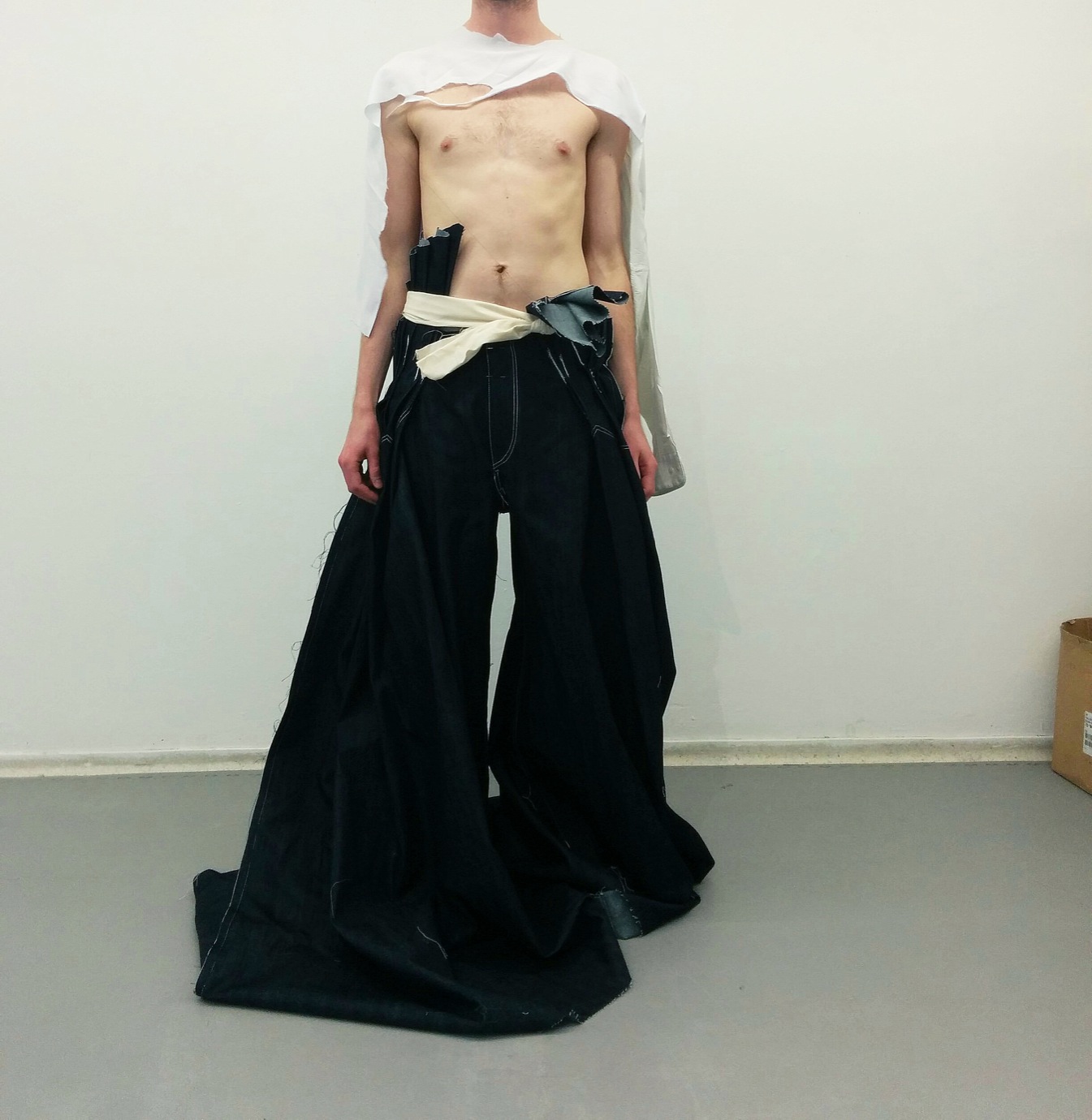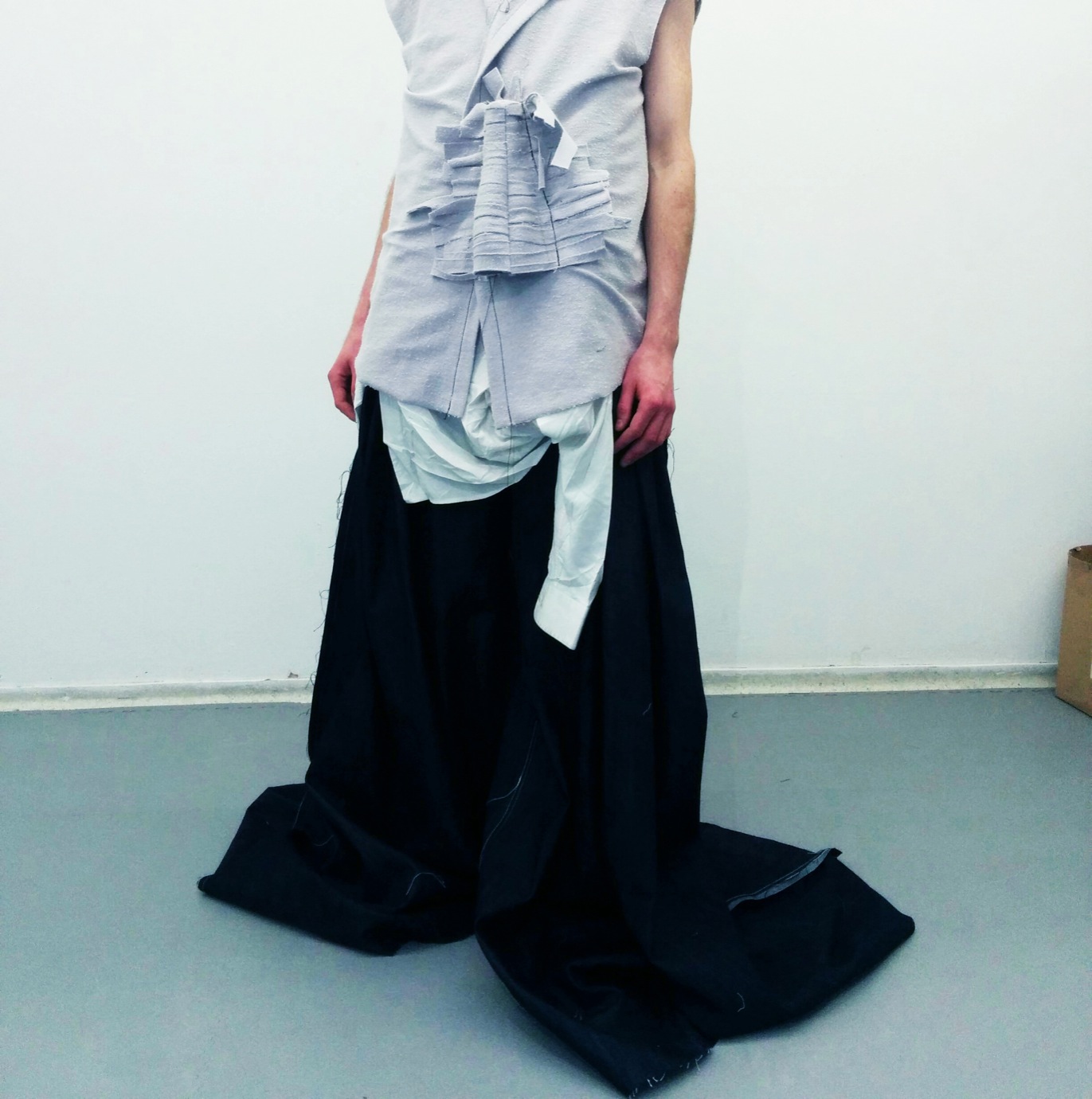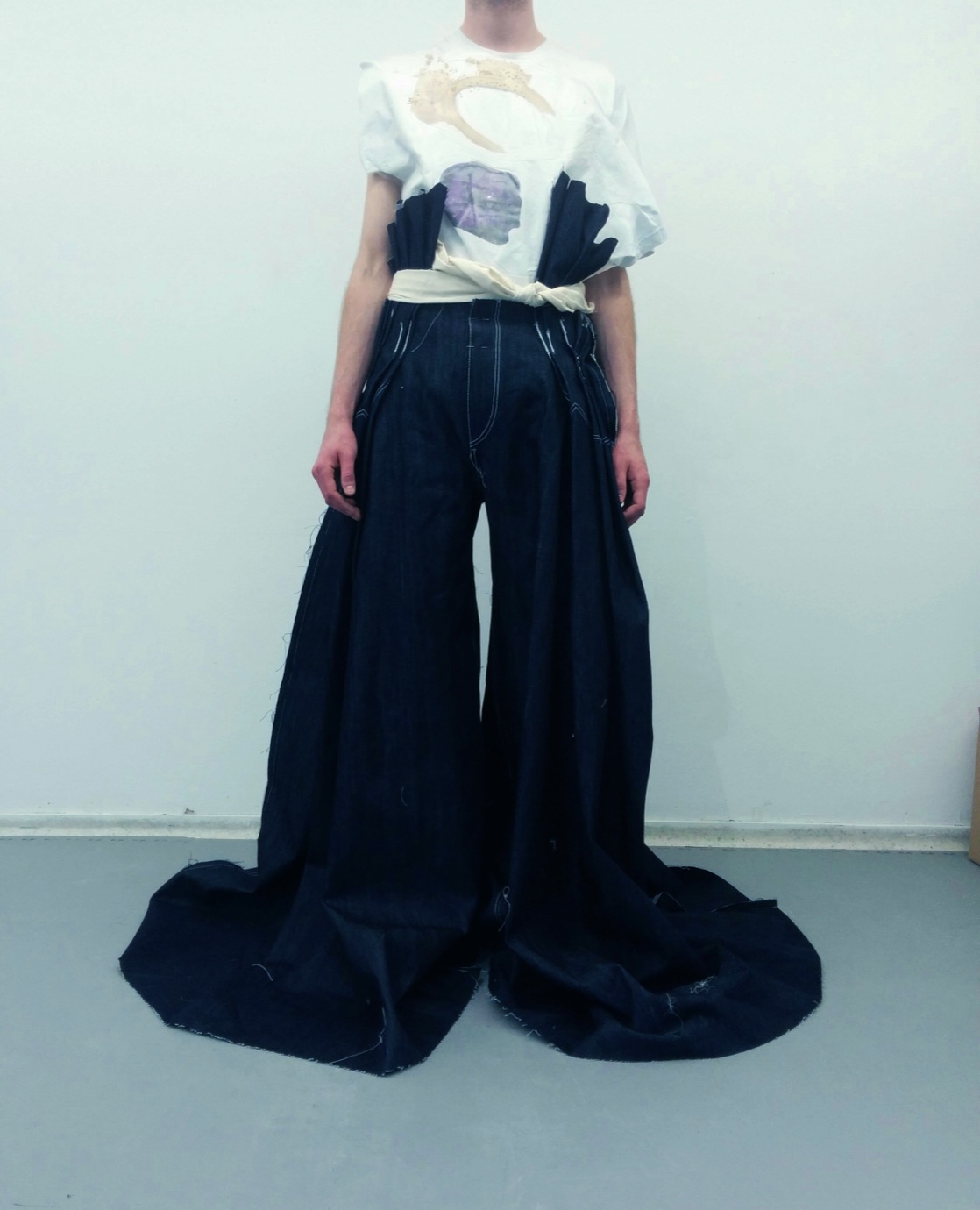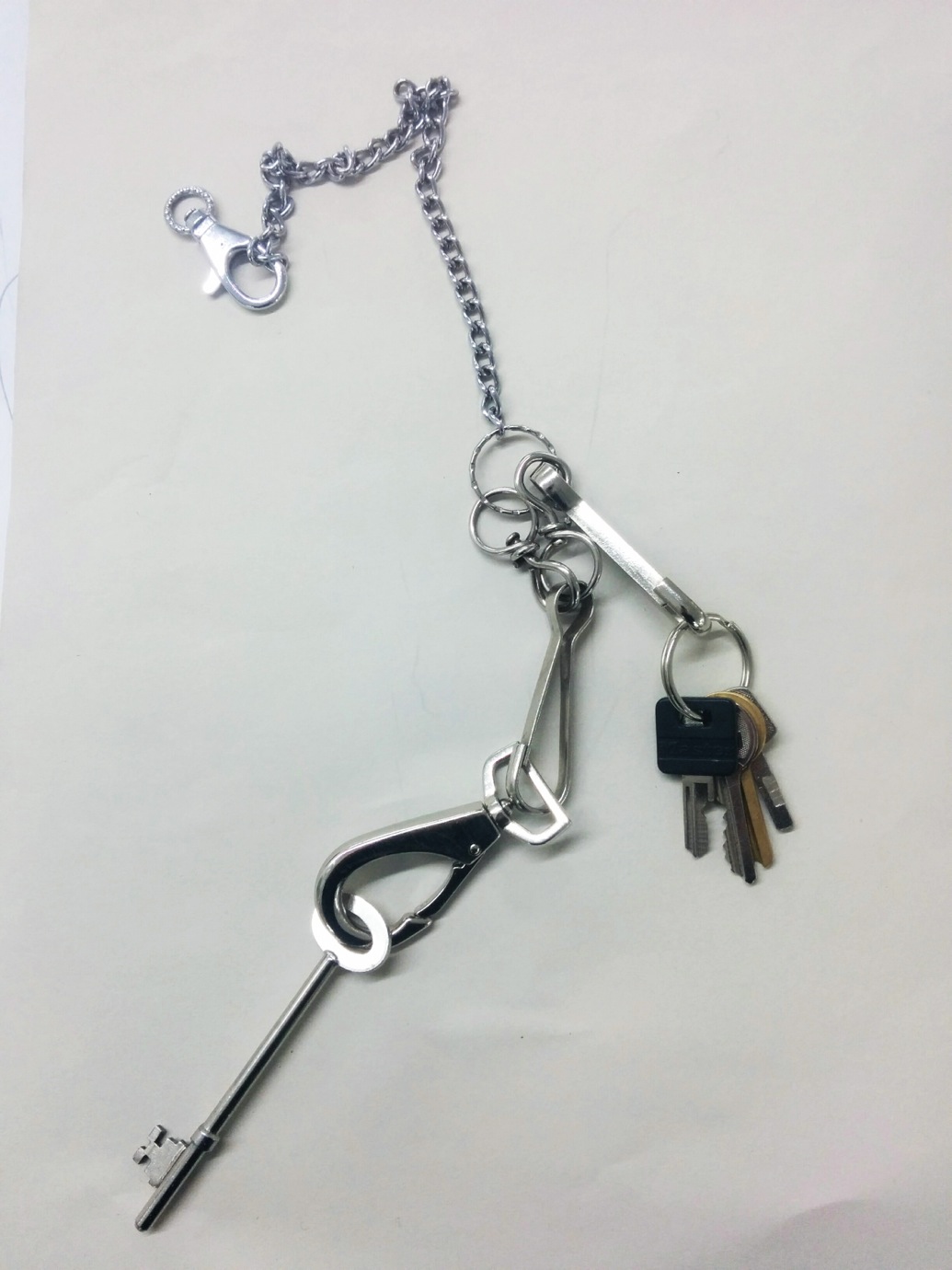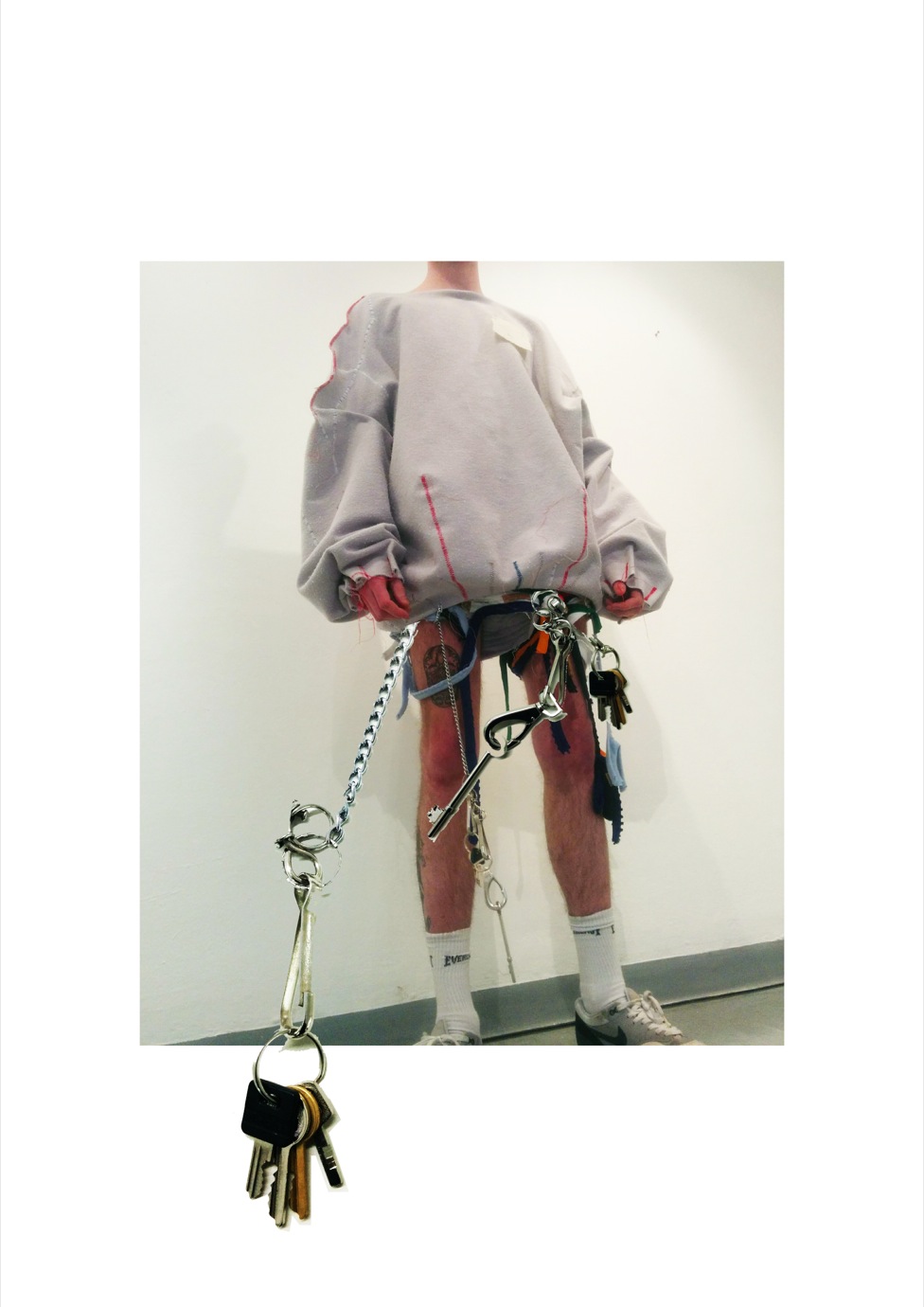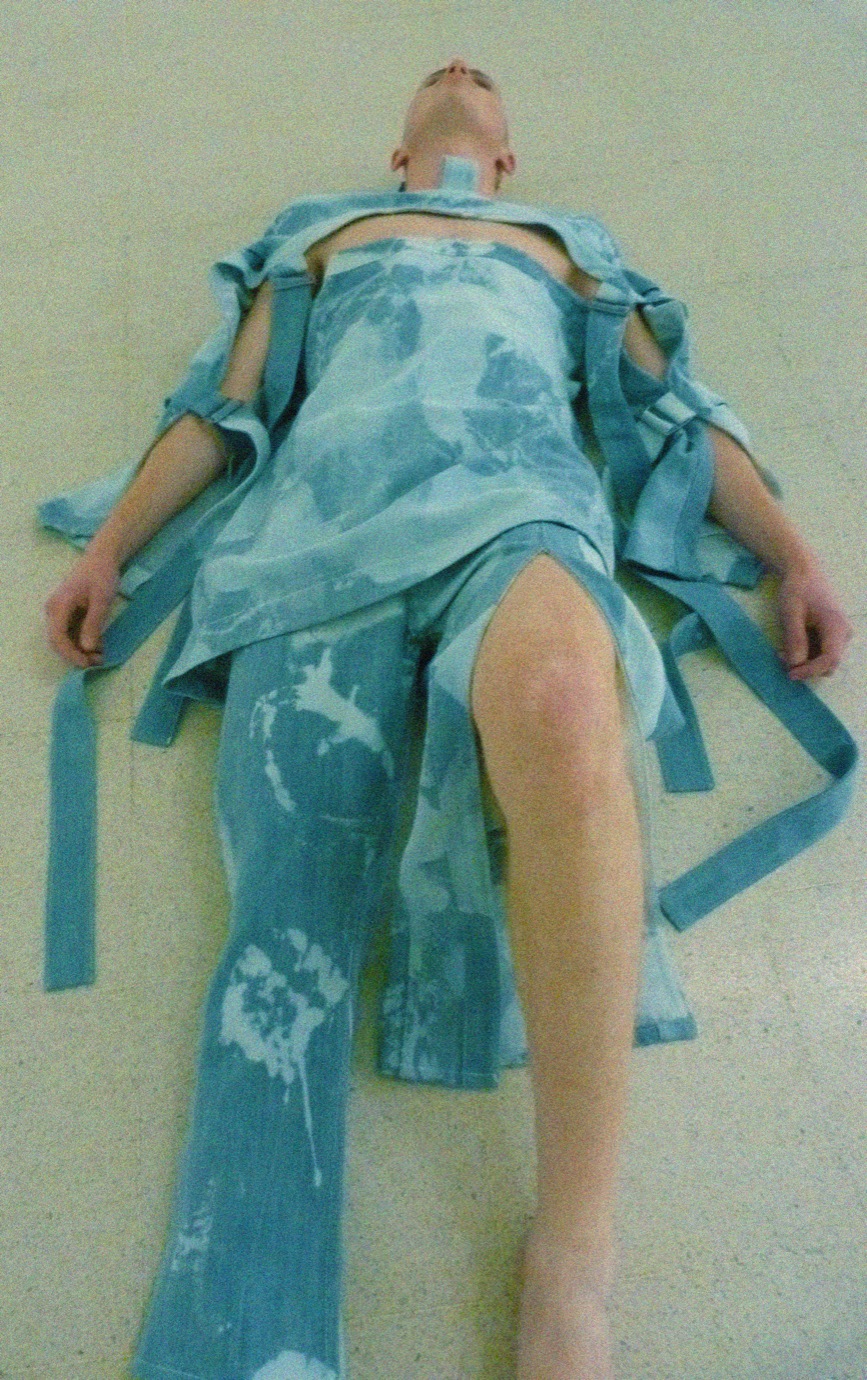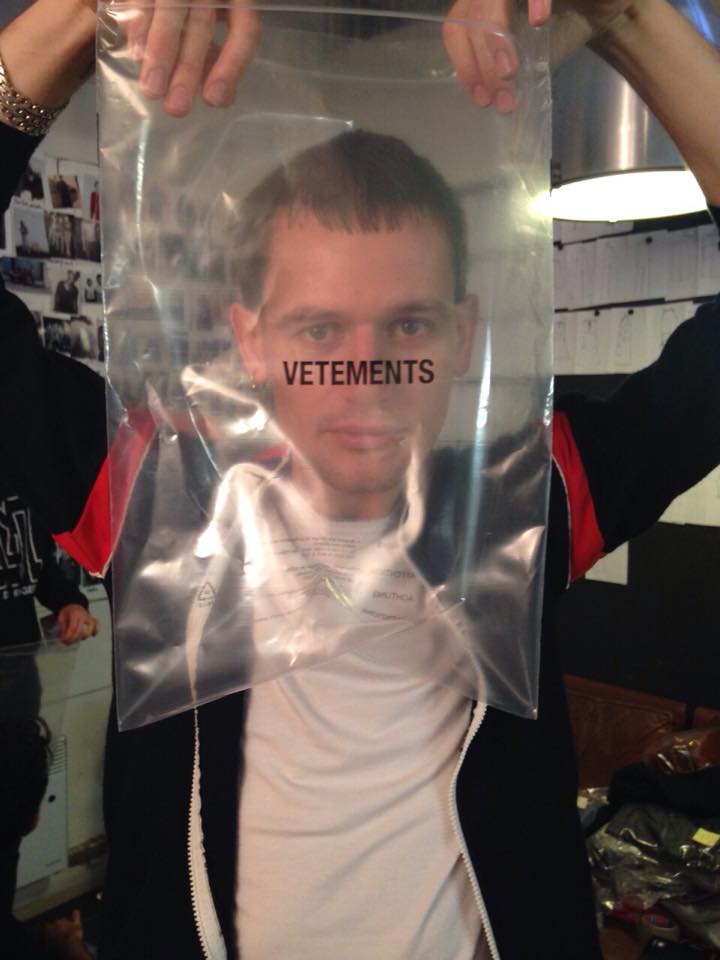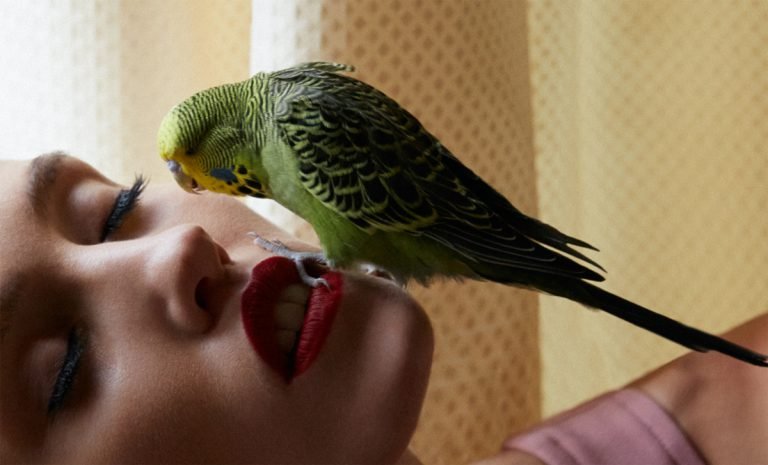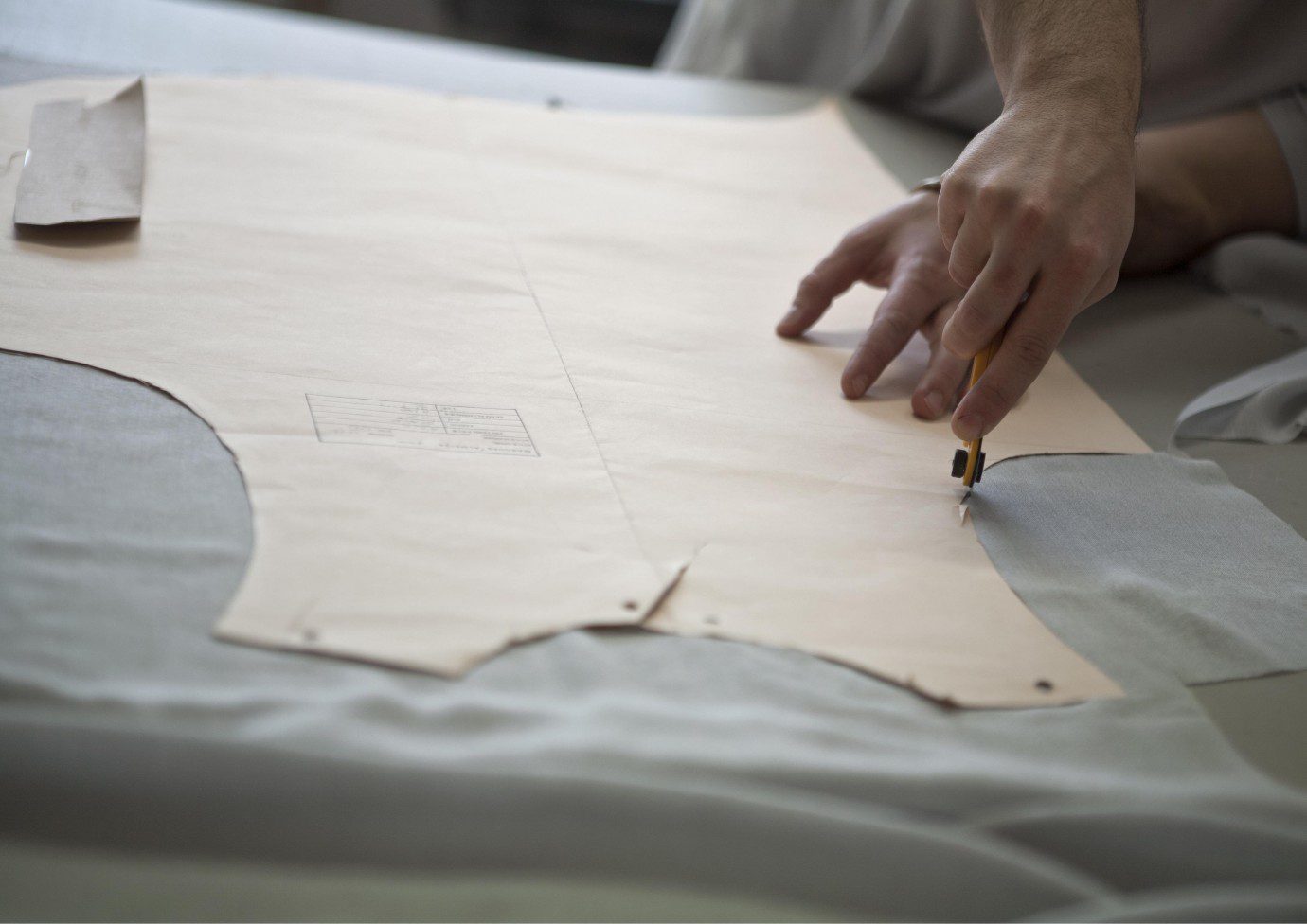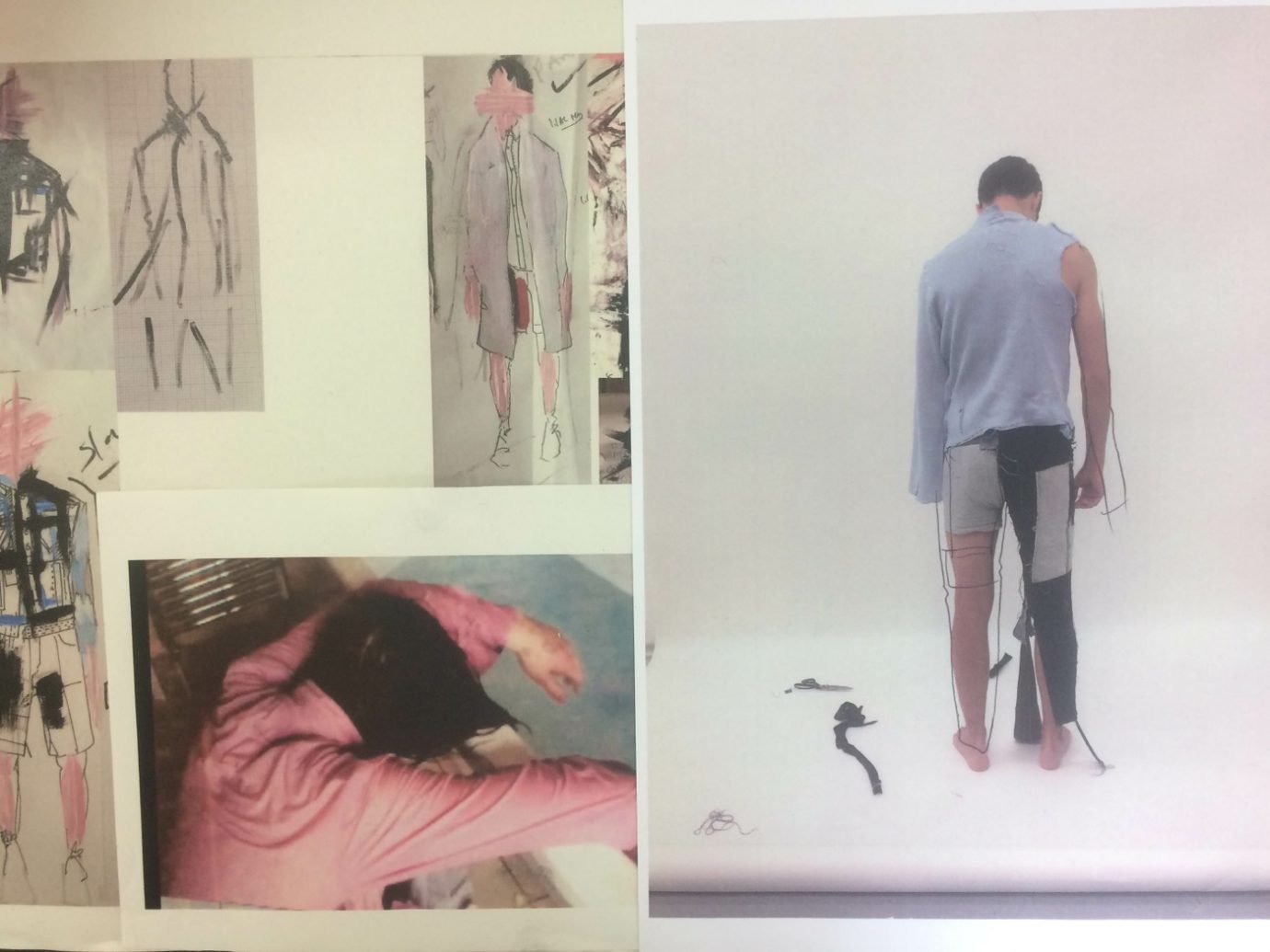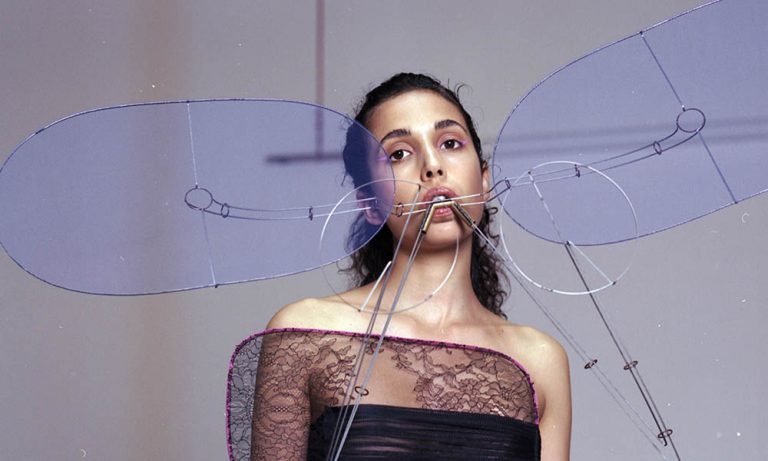What drew you to study fashion? Are you from an artistic background?
I do not come from an artistic background, but my dad is a carpenter and he built our first house entirely by himself. As a kid, I was practical and had a DIY approach; I definitely think it was because of him. I loved dressing up and fashion was always important to me, though for a long time I wanted to be an artist. I thought that I wasn’t smart enough to be one, but I now realize you don’t have to be smart to be called an artist. The same goes for fashion: if something is nice and it is relevant, then it is good, but it has to be both!
What drew you to London and how does it compare to ‘home’?
I worked in London during the summer of 2012 and wanted to come back to get my Masters degree. London is obviously bigger than back home, and I often miss the sense of community which exists there.
What inspires you at this very moment?
This is not an artist or a designer, but I am reading Gulliver’s Travels by Jonathan Swift right now, and it is really a great book!
Where is your favourite place to go in London?
I don’t particularly have a favourite spot, but I think Walthamstow, where I live, is very nice. I worked with garments from the market there, wanting to create desirable garments out of the junk I found.


